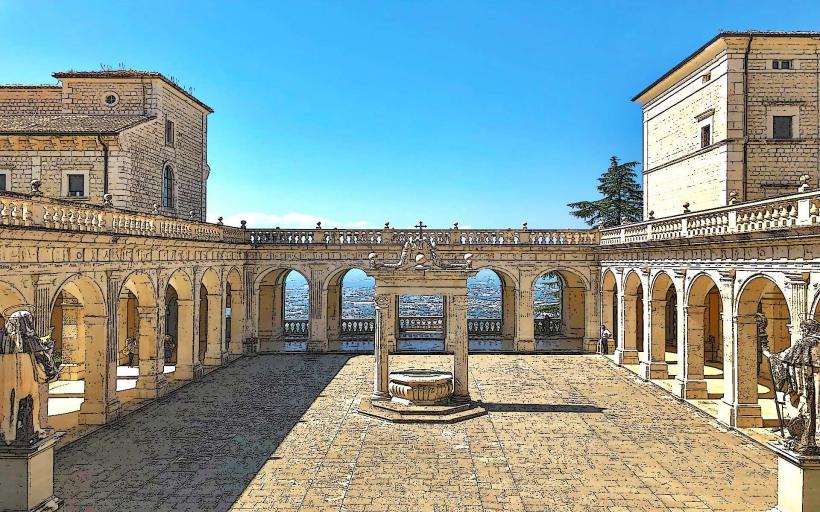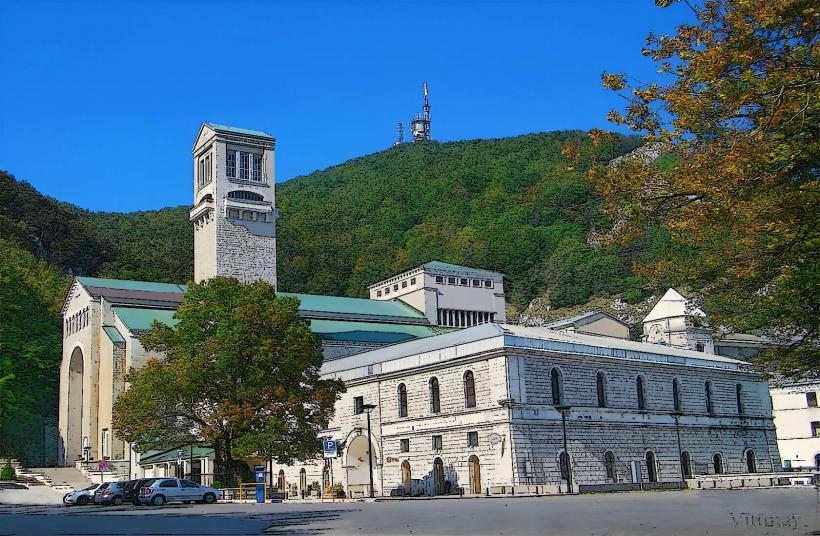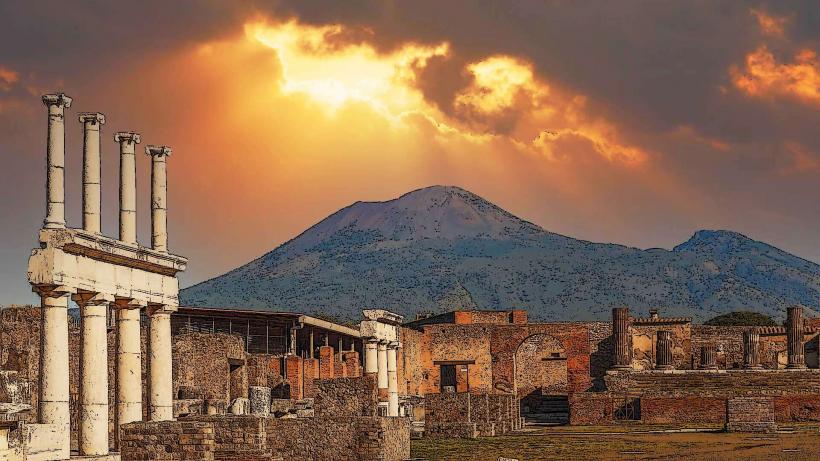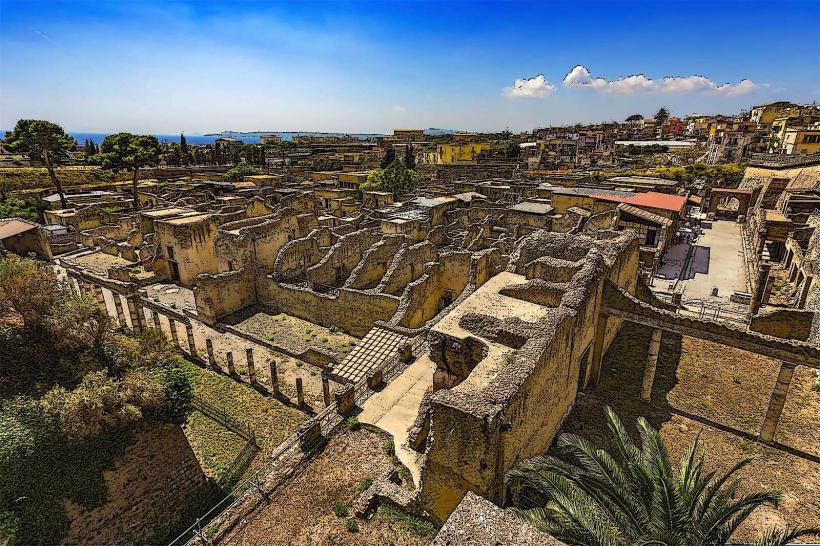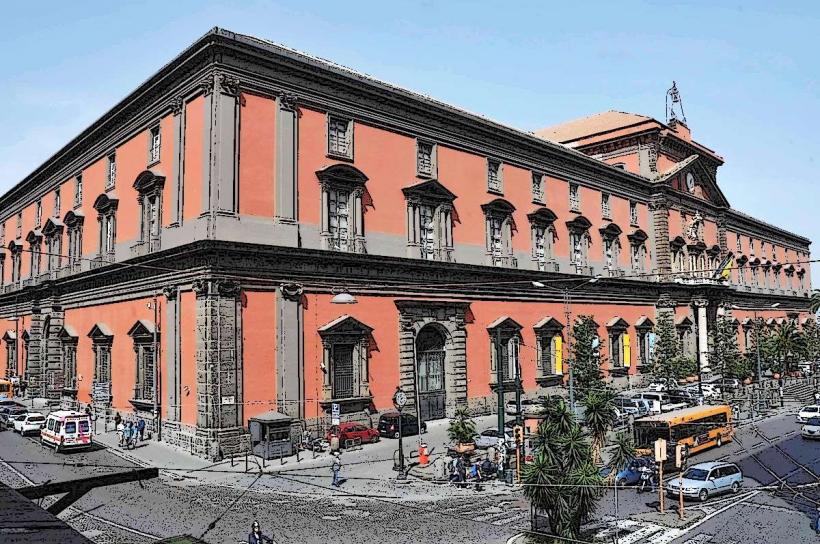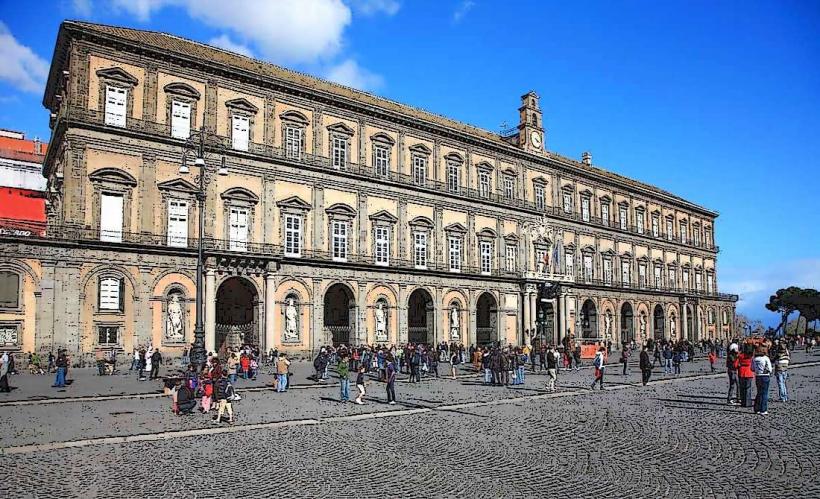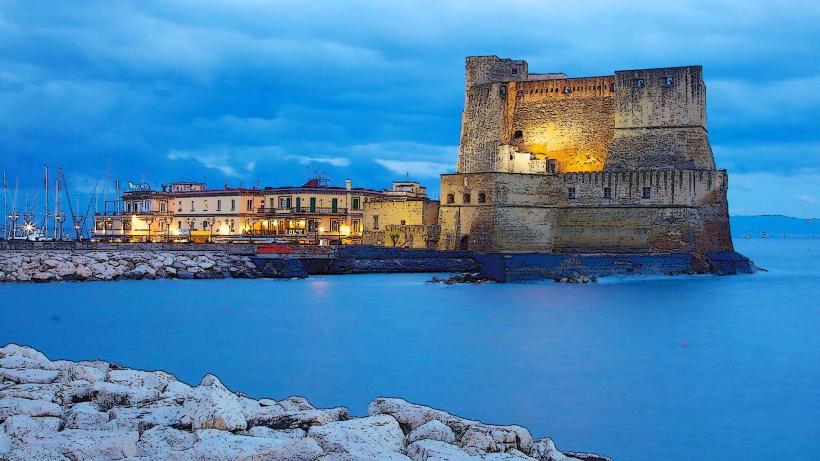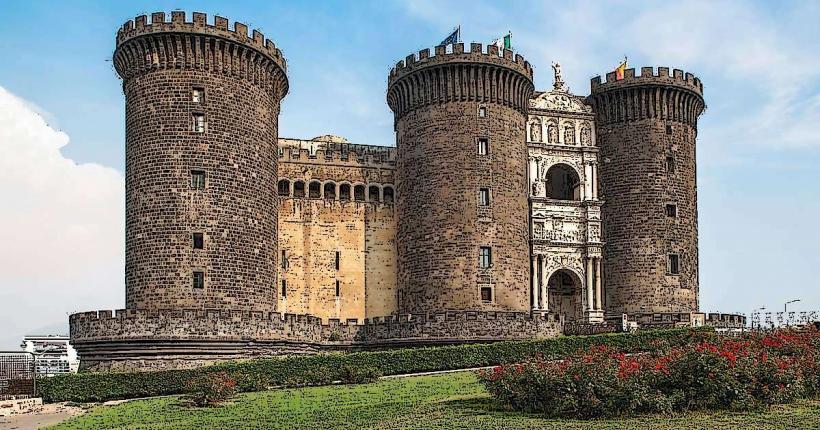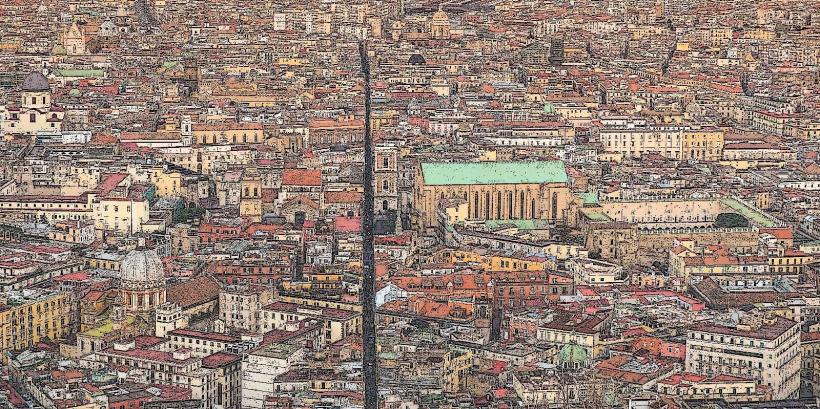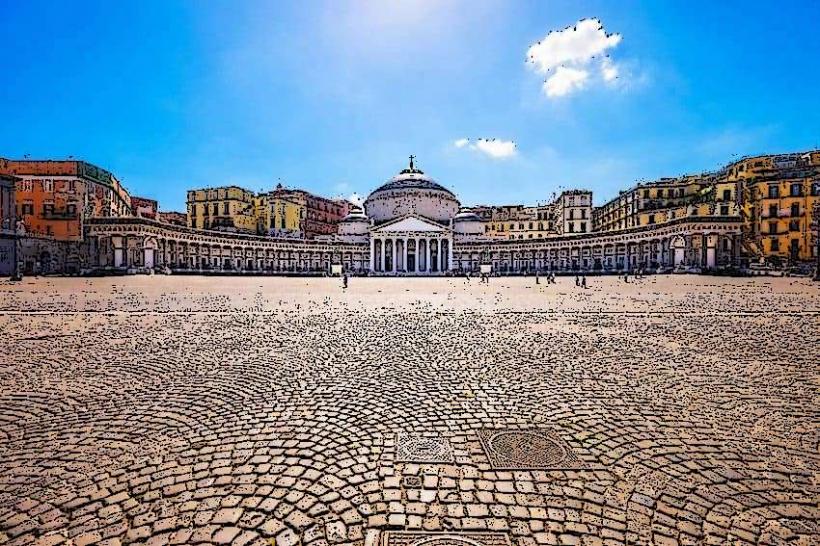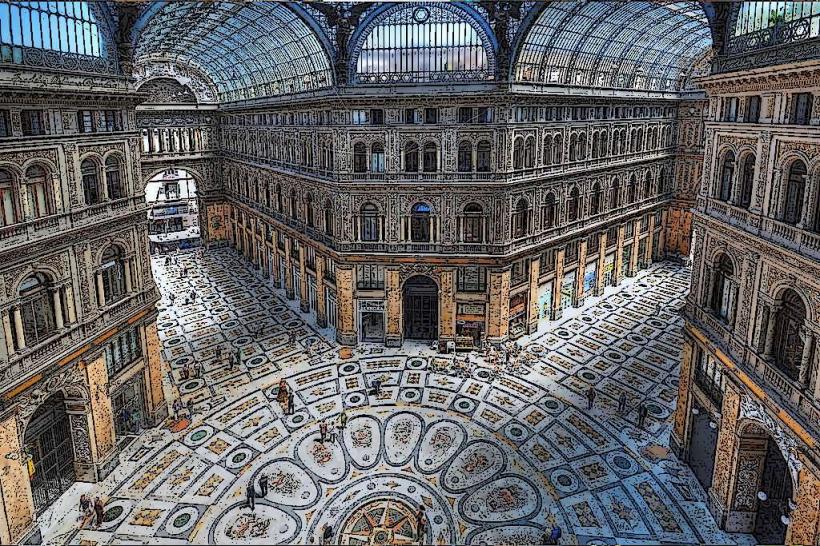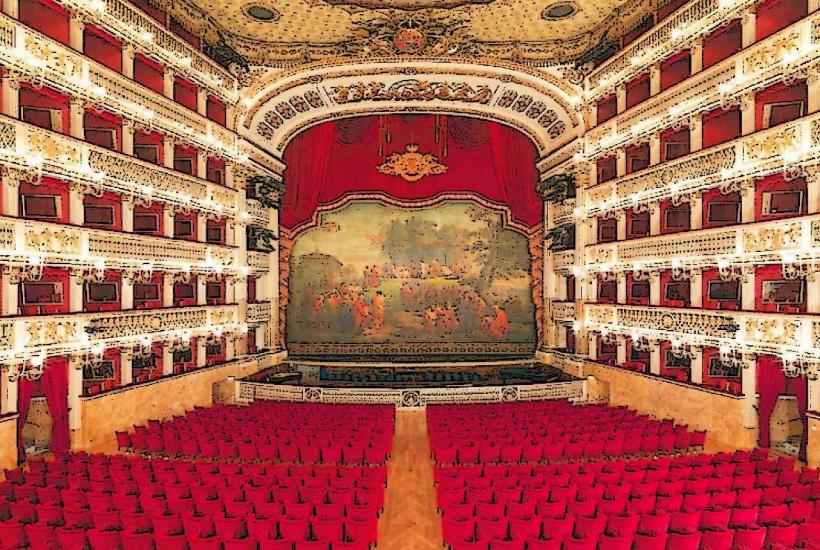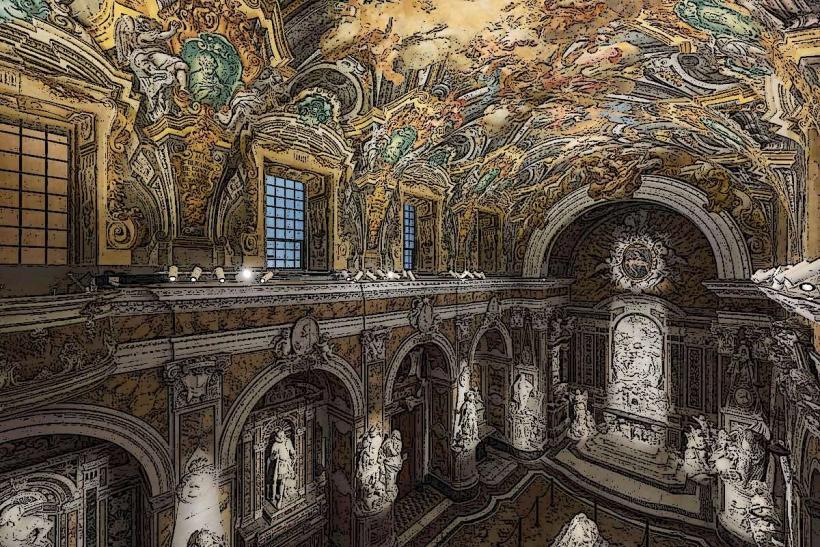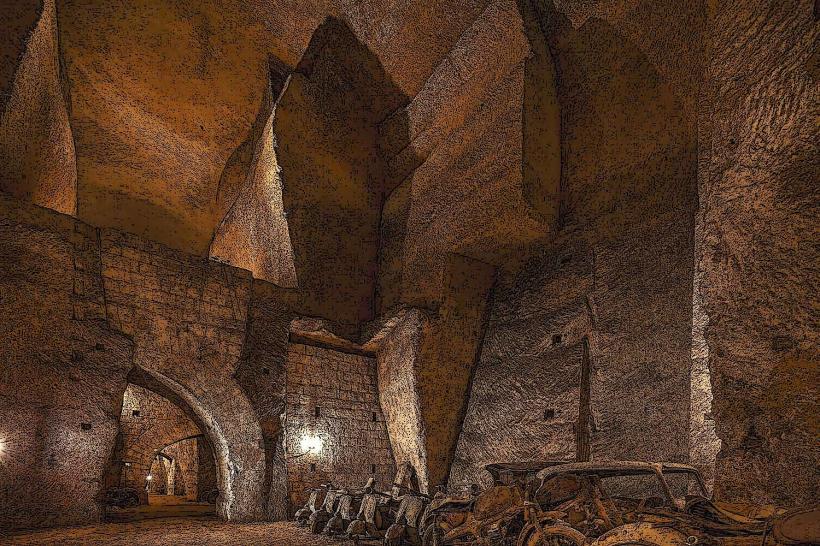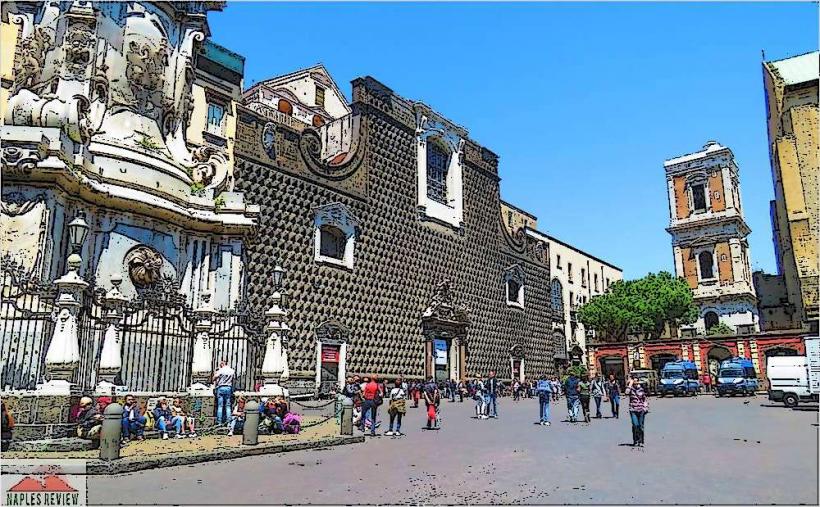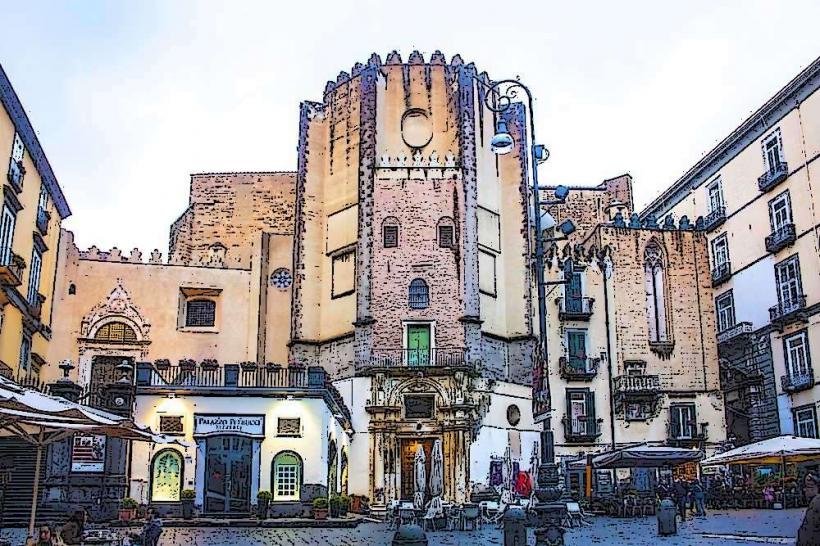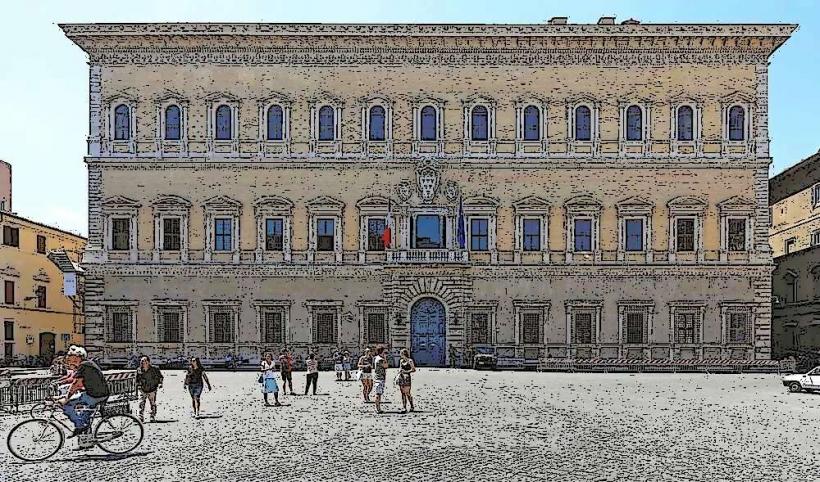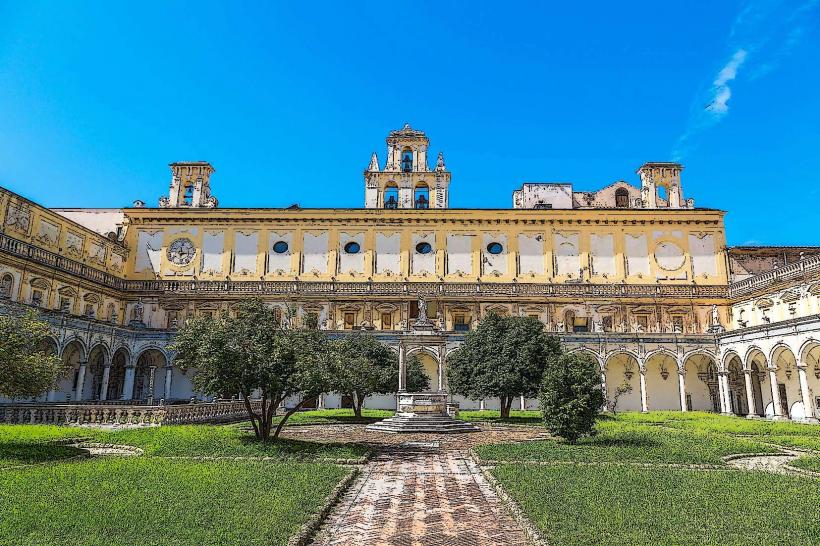Information
Landmark: Naples CathedralCity: Naples
Country: Italy
Continent: Europe
Naples Cathedral (Cattedrale di San Gennaro), also known as the Cathedral of Saint Januarius, is the principal church in Naples, Italy, and one of the most significant religious buildings in the city. It is dedicated to San Gennaro (Saint Januarius), the patron saint of Naples, and is renowned for its history, architecture, and religious significance.
1. History and Origins
- Founding: The original church was established in the 5th century, but the current structure was built in the 13th century, under the direction of the Angevins (French rulers of Naples). It has undergone numerous modifications and restorations over the centuries, particularly in the 14th and 18th centuries, resulting in a mix of architectural styles.
- Relics of San Gennaro: The cathedral is most famous for housing the relics of San Gennaro, whose blood is said to liquefy miraculously on certain occasions, a phenomenon known as the Miracle of San Gennaro. This miracle has made the cathedral a major pilgrimage site for believers and an important symbol of Naples.
2. Architectural Style
- Gothic and Baroque Elements: The cathedral blends Gothic, Renaissance, and Baroque architectural styles. The Gothic style is evident in the facade and transept, while the Baroque influence can be seen in the chapels and the interior decoration. The church has a relatively austere exterior, but the interior is richly adorned.
- Facade: The cathedral's facade was redesigned in the 18th century in a Baroque style by architect Francesco Grimaldi. It features a large central portal, flanked by columns and statues, with a grand rose window above it.
- Interior: Inside, the cathedral features a spacious nave, side chapels, and a grand altar. The interior is known for its Baroque decorations, including ornate altars, intricate frescoes, and stunning stained glass windows.
- Chapels: The cathedral houses several chapels, each dedicated to various saints, including the Chapel of San Gennaro (Cappella di San Gennaro), where the saint’s relics are kept.
3. Key Features and Relics
- Chapel of San Gennaro (Cappella di San Gennaro): This chapel is the most important part of the cathedral, as it contains the relics of San Gennaro, including his blood, which is stored in two ampoules. The miracle of the liquefaction is said to occur when the blood becomes liquid, a spectacle that happens several times a year, particularly on September 19th, the feast day of San Gennaro.
- The Miracle of San Gennaro is a deeply religious event for Neapolitans, and the blood is believed to have the power to protect the city from harm.
- Crypt of San Gennaro: Beneath the cathedral is a crypt where the body of San Gennaro was originally placed. This is an important site for pilgrimages, as people come to pay homage to the saint.
- The Relics of Other Saints: The cathedral also houses relics of other saints, including San Agrippino and San Fabio.
4. Art and Decorations
- Frescoes: The cathedral contains several frescoes, especially in the nave and chapels, depicting scenes from the life of Christ and the Virgin Mary, as well as works that honor the lives of Naples’ patron saints.
- Altar: The main altar of the cathedral is beautifully adorned and is the focal point of the church’s religious ceremonies.
- Stained Glass: The cathedral features stunning stained-glass windows, which depict various biblical scenes and saints. The rose window above the main entrance is a striking feature of the church’s architecture.
- Statues: The cathedral is filled with statues of saints and angels, some of which were created by renowned sculptors of the time.
5. The Miracle of San Gennaro
- The Miracle of San Gennaro is a central event in the religious life of Naples. On three occasions each year (September 19, the feast day of San Gennaro; the first Saturday in May; and December 16), the archbishop of Naples holds a ceremony in which the ampoules of blood are displayed to the public. The blood is said to liquefy, which is believed to be a sign of the saint’s favor and protection over the city.
- The miracle has been a subject of intense devotion and fascination for centuries, and the liquefaction of the blood is seen as a divine omen for the city’s wellbeing.
- While scientific explanations for the phenomenon exist, many believers continue to regard it as a supernatural occurrence, central to the faith and identity of the people of Naples.
6. Cultural Significance
- San Gennaro is deeply intertwined with the culture and identity of Naples. The cathedral is a symbol of both the religious devotion and historical significance of the city. Every year, on the feast of San Gennaro, Neapolitans gather in the cathedral for Mass, and the miracle of the liquefaction of the blood is a source of great joy and celebration.
- The cathedral also plays a role in the broader cultural fabric of Naples, hosting major religious events, including the Easter Mass and Christmas services.
- The Cattedrale di San Gennaro is not just a place of worship, but a central part of the city’s identity, representing the faith, history, and traditions of Naples.
7. Visiting the Cathedral
- Location: The cathedral is located in the historic center of Naples, near other important landmarks, such as the Chiesa di San Domenico Maggiore and Piazza del Plebiscito.
- Opening Hours: The cathedral is open to visitors daily, though times may vary depending on religious services. Visitors are encouraged to dress modestly when entering the cathedral.
- Entry Fee: There is generally no entry fee to visit the cathedral, but there may be fees for special areas, like the chapel or crypt.
8. Conclusion
Naples Cathedral (Cattedrale di San Gennaro) is a magnificent testament to the religious, historical, and artistic heritage of Naples. Its combination of stunning architecture, revered relics, and the miraculous liquefaction of San Gennaro's blood make it one of the most important and visited sites in the city. Whether you're drawn by its architectural beauty, its sacred relics, or its deep connection to the heart of Neapolitan life, the cathedral offers a profound experience that reflects both the spirituality and vibrant culture of Naples.



